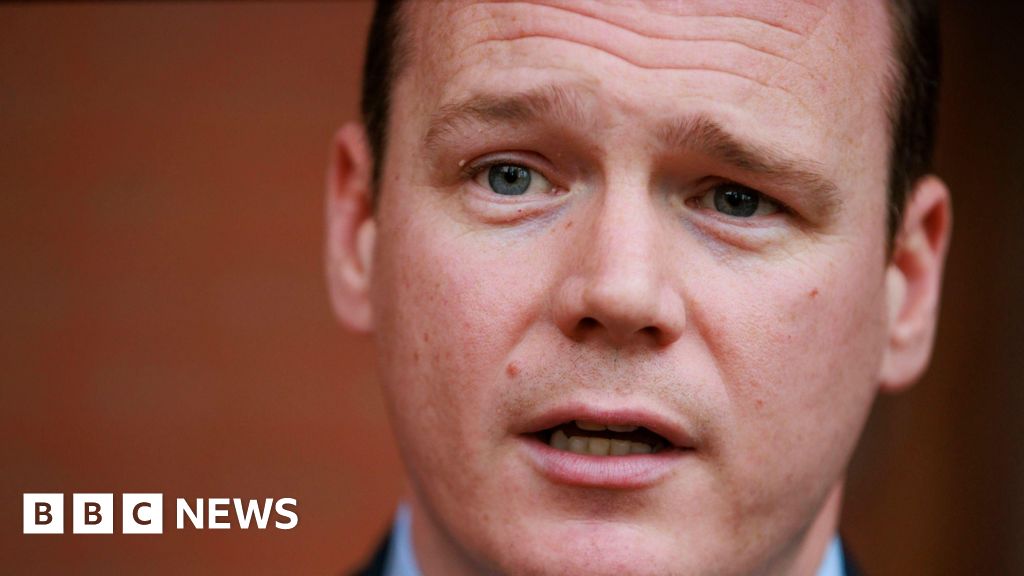Nickel Alloys Market Analysis, Size, Shares, Growth
Dublin, May 21, 2025 (GLOBE NEWSWIRE) -- The "Nickel Alloys Market - Global Industry Analysis, Size, Share, Growth, Trends, and Forecast 2025-2032 - (By Composition, End-user, Geographic Coverage and Company)" report has been added to offering.
The global nickel alloy market is expected to experience significant expansion, reaching a valuation of US$ 20.24 billion by 2032, up from US$ 13.64 billion in 2025, driven by a steady CAGR of 5.8% over the forecast period (2025-2032). This promising growth trajectory is supported by a rise in applications across aerospace, defense, energy, and renewable sectors, signaling a transformative phase for high-performance alloy solutions globally.
The global nickel alloy market has been traditionally dominated by applications in aerospace and oil & gas industries due to its superior corrosion resistance and mechanical strength. In 2023, aerospace accounted for approximately 35% of total consumption, propelled by the growing need for fuel-efficient aircraft and defense modernization efforts. Additionally, the rise of offshore energy projects like BP's Mad Dog Phase 2 has boosted the consumption of corrosion-resistant materials in the oil & gas sector.
The market Analysis is undergoing a notable shift, with increased demand emerging from renewable energy installations, additive manufacturing, and green hydrogen infrastructure. Nickel alloys are increasingly seen as critical materials in ensuring operational efficiency, product longevity, and environmental compliance in high-stress applications.
Global aircraft deliveries are projected to exceed 39,000 units by 2040, intensifying the need for high-performance materials. Nickel-based superalloys, particularly those developed by GE Aviation, are being extensively used in engine components to achieve lightweight designs and high-temperature tolerance. Major OEMs like Boeing are increasing production of long-range and narrow-body aircraft, driving sustained demand.
Investments in deepwater and ultra-deepwater projects are also fueling demand. According to the International Energy Agency (IEA), upstream investments rose by 7% in 2023, reaching US$ 500 billion. These developments underscore the importance of durable, corrosion-resistant alloys in harsh marine environments, where they play a pivotal role in maintaining operational reliability.
The global additive manufacturing industry is witnessing rapid adoption of metal 3D printing technologies, with nickel superalloys emerging as a preferred material. According to Wohlers Associates, the metal 3D printing segment grew by over 18% in 2023. Leading companies like Pratt & Whitney and Siemens Energy are leveraging powder metallurgy and electron beam melting to enhance design flexibility while reducing material waste by up to 90%.
The growing emphasis on green energy transition is unlocking new market avenues for nickel alloy manufacturers. The International Renewable Energy Agency (IRENA) reported nearly 300 GW of renewable capacity additions in 2023, a testament to the rapid infrastructure buildup. Nickel alloys are being deployed in components such as wind turbine generators, solar receiver tubes, and electrolyzers for hydrogen production.
Projects such as Hornsea 3 Offshore Wind Farm and HyNet Northwest Hydrogen Project demonstrate the real-world application of nickel alloys in enhancing structural resilience and service life. The surge in green hydrogen production, growing annually by over 30% through 2030, further broadens the scope of high-performance alloy adoption.
Asia Pacific dominates the global nickel alloy market, commanding a 52.3% share in 2024. Factors such as rapid industrialization, expanding aerospace production, and government initiatives in defense and manufacturing have solidified the region's leadership. India's thriving chemical sector, valued at US$ 220 billion, and the growing adoption of the China+1 strategy across Southeast Asia have amplified the demand for advanced materials.
Europe holds a significant 22.4% market share in 2024, driven by its robust aerospace and renewable energy investments. Countries like Germany, France, and the UK are witnessing increasing adoption of Ni-Cr-Fe alloys for civil and defense applications, supported by investments from the EU Defense Fund. The region's stringent quality standards and preference for technological advancement contribute to consistent market growth.
North America remains a vital contributor, especially due to its leading aerospace industry. With over US$ 955 billion in sales generated by the U.S. aerospace and defense sector, demand for high-performance materials continues to remain strong.
The nickel alloy market is moderately consolidated, with the top 10 players controlling more than two-thirds of the global market share as of 2024. Key industry participants include:
One of the primary obstacles for the nickel alloy market is price volatility, which introduces unpredictability in procurement and long-term planning. In 2023, nickel prices ranged from US$ 19,000 to US$ 30,000 per metric ton, complicating budgeting for large-scale projects. Such instability also raises the risk of material substitution with composites or titanium alloys.
Companies are increasingly adopting hedging strategies to manage this risk, though fluctuating costs continue to challenge market expansion, particularly in sectors with tight budget constraints.
By Region
- Latin America
- Middle East & Africa
For more information about this report visit https://www.researchandmarkets.com/r/jlnp9r
About ResearchAndMarkets.com
ResearchAndMarkets.com is the world's leading source for international market research reports and market data. We provide you with the latest data on international and regional markets, key industries, the top companies, new products and the latest trends.












